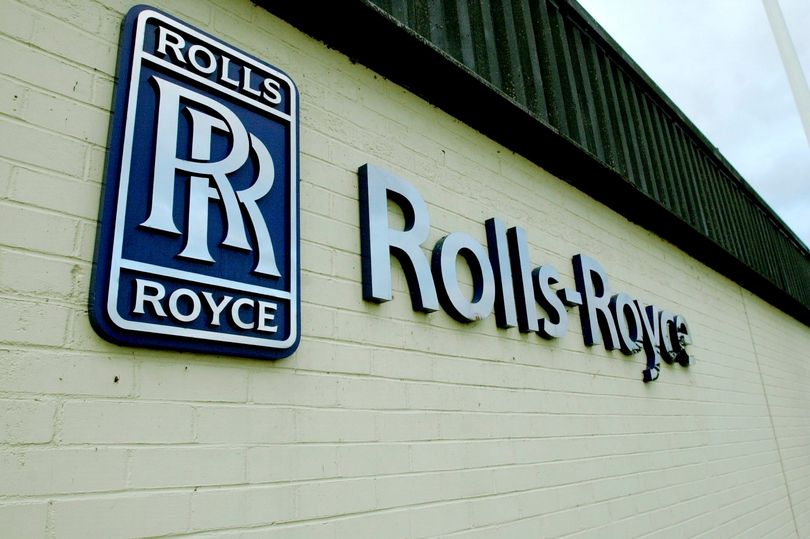In recently published data the Ministry of Defence (MoD) has conceded for the first time that delays at Rolls-Royce in Derby could mean reactor cores will not be ready before they are needed to be put in the first Dreadnought nuclear submarine. The cores and fuel for the new PWR3 reactor will be manufactured in facilities which are being built in Derby as part of the Core Production Capability (CPC) project. The facility for manufacturing cores is close to completion, according to a recent report by the National Audit Office (NAO), but construction of the fuel manufacturing facility is not planned to begin until 2022.
The admission was published as part of the annual release of data on the progress of projects in the government’s Major Projects Portfolio, which collates all of the most expensive projects across government. As in previous years the MoD was responsible for more projects in the portfolio than any other government department, as well as the largest proportion of projects by overall cost. The data is compiled each September and released the following July, so the recent release shows the progress of major projects as of September 2019.
CPC status
Each project in the portfolio is assigned a colour coded ‘Delivery Confidence Assessment (DCA)’ by the Infrastructure and Projects Authority. The CPC was given an ‘Amber’ DCA, meaning that successful delivery of the project “appears feasible but significant issues already exist, requiring management attention.” After two years with a ‘Red’ DCA (meaning that the IPA thought successful delivery of the project appeared “unachievable”), the CPC was given an ‘Amber’ DCA in the 2019 data release. This was due to a ‘rebaselining’ of the project in early 2019, which involved changing the project scope and increasing the budget.
The MOD’s departmental commentary says that the current Amber rating is in recognition of “the remaining schedule and technical risks in delivering a new core to meet the Dreadnought build programme”. In previous years the commentary has said the project is on track to deliver cores by the required dates or that the risks to the project were not on the critical path for delivery of the first Dreadnought core. The current projected end date for the CPC is April 2028, as it has been in previous years, but the departmental comments on schedule now say that the date will be revised once plans for the fuel manufacturing facility have matured.
The project is currently planned to cost over £1.8bn, £167m higher than the predicted cost a year ago, and £594m higher than the planned cost when the project began in 2012. The problems in the CPC are primarily due to the unplanned refuelling of the oldest of the current fleet of nuclear armed submarines, HMS Vanguard, which was prompted by the discovery of a fuel element breach in the Shore Test Facility reactor in Dounreay. The need to produce an additional core for the refuelling created additional costs within the CPC and delayed the construction of the fuel manufacturing facility by five years. In 2018 the MoD announced that the second oldest Vanguard-class submarine, HMS Victorious, would not be refuelled as HMS Vanguard has been, but research by NIS has confirmed that this decision was taken before a detailed examination had been made of the fuel removed from HMS Vanguard and from the Shore Test Facility.
The potential for delays to the in-service dates of the Dreadnought submarines are a particularly sensitive issue because the MoD is already planning to keep the current Vanguard submarine fleet in service almost 50% longer than their originally planned service life of 25 years. Both NIS and BASIC (British American Security Information Council) have released reports observing that the MoD will struggle to maintain Continuous At Sea Deployment (CASD) of the ageing submarine fleet in the late 2020s and early 2030s, due to increased mechanical problems and a greater likelihood of problems like the fuel element breach occurring in one of the in-service submarines. The long delays in the refuelling and maintenance of HMS Vanguard, which was expected to be completed in 2019, suggest the state of deterioration is already greater than anticipated. Former defence minister Tobias Elwood has also said that one of the three remaining Vanguard submarines spent nearly a year out of the water being repaired.
Dreadnought status
The Dreadnought programme itself also features in the ‘major projects’ data, but very little meaningful information is given about the progress of the programme. As in previous years the programme end date and the department’s commentary on the schedule have been withheld. The department’s commentary on the Amber DCA assigned to the Dreadnought programme does not directly address the reasons for it and much of the text appears to have been copied verbatim from the MoD’s update to Parliament in late 2019.
The Dreadnought data does confirm that construction has officially begun on the second Dreadnought submarine, HMS Valiant, and that welding faults in the Common Missile Compartment are a source of problems within the programme. This issue was first reported in the press in August 2018, but the project data says that developments since September 2019 potentially have implications for the DCA. It seems that efforts to remediate the problem are ongoing and the MoD does not appear to currently have a fixed date for when it will take delivery of the missile tubes that make up the Common Missile Compartment. In December 2018 the MoD said that the welding issue would not affect the overall budget and schedule for the programme.
